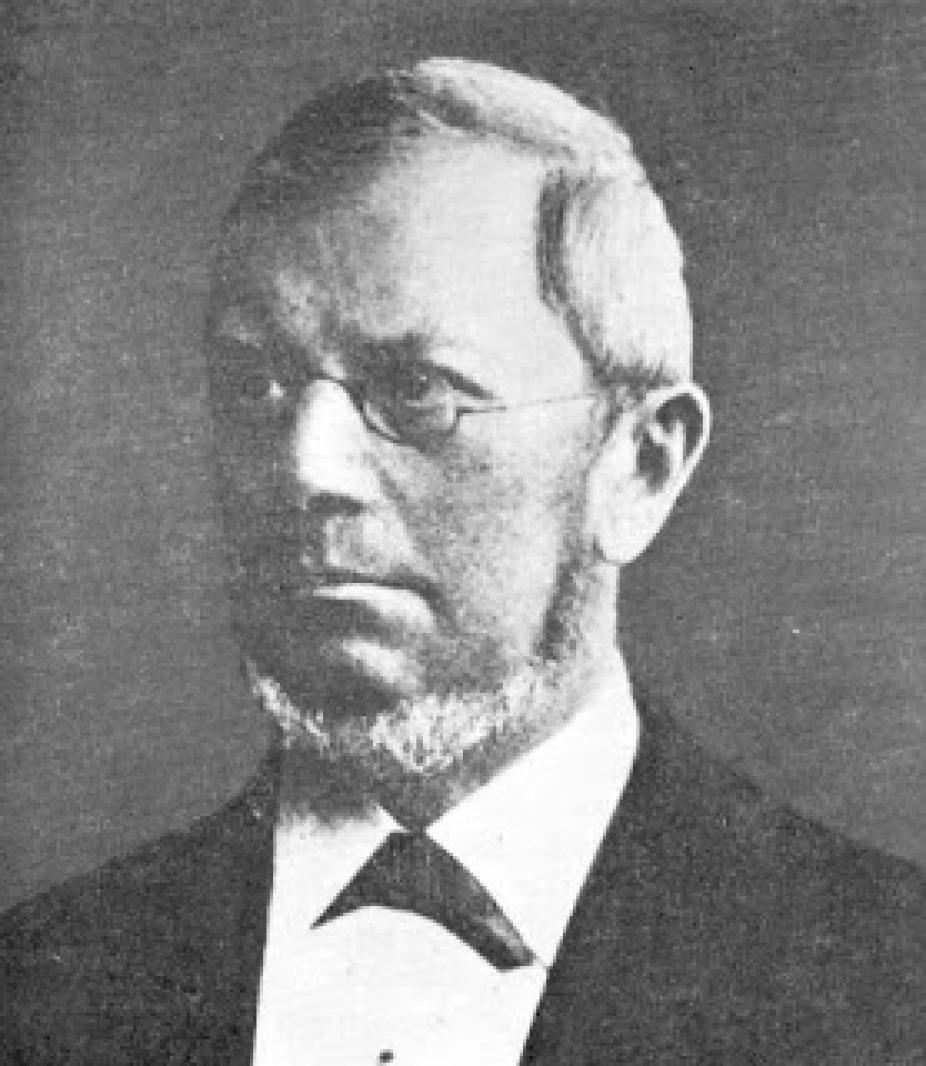Gustav Spörer (1822–1895)

Portrait of Gustav Spörer.
Wikipedia
Gustav Spörer was born in Berlin on October 23, 1822. Between 1840 and 1843 he studied mathematics and astronomy at the University of Berlin. He started his professional career as a school teacher and only began his solar observations at age 36, with very modest equipment.
Spörer shares credit with the Englishman R. C. Carrington for independent and nearly simultaneous discoveries of two solar features of great importance. By the early 1860s, both astronomers had accumulated sunspot observations demonstrating:
- The differential rotation of the Sun's surface, as inferred from the apparent east to west motion of sunspots, and
- The gradual equatorward drift of sunspots in the course of the sunspot cycle (now often called Spörer's Law).
With his reputation now established, Spörer was invited to join the Potsdam Astrophysical Observatory in 1874, then still under construction, where he became chief observer in 1882. At Potsdam, he continued his solar observing program and became engaged in historical research into 17th century sunspot observations. By 1887 Spörer had convinced himself that the Sun was behaving unusually in the 17th century, with very few sunspots present on its surface. Through careful analyses of surviving 17th century observational material, he compiled a list of the few sunspots observed during that time period. Surprisingly, this groundbreaking work attracted relatively little attention until it was publicized by E. W. Maunder as part of his own historical studies of 17th century sunspot observations.
Spörer retired from Potsdam in 1894. Despite having enjoyed perfect health throughout his life, he died suddenly on July 7, 1895.
Bibliography
Porter, R. (ed.) 1994, The Biographical Dictionary of Scientists, Oxford University Press.